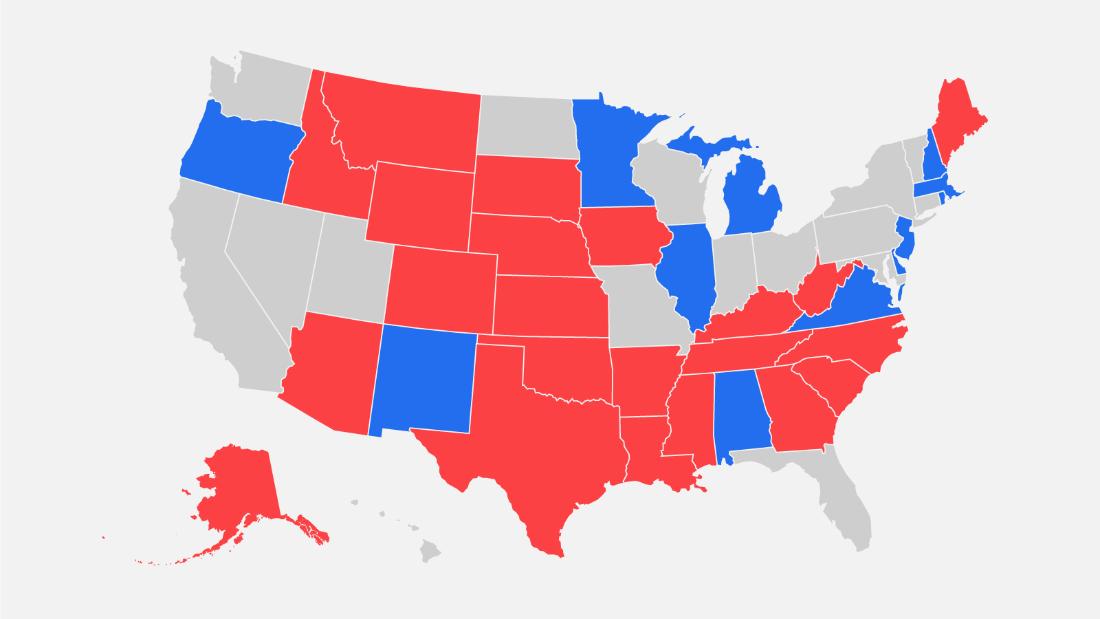[ad_1]
Those two individual decisions could well have a similar effect: Shrinking the 2020 landscape for Senate Democrats.
Everyone agrees that GOP-held seats in Colorado and Arizona, and Democratic Sen. Doug Jones in Alabama, will be major targets for both sides. And most expect Republican Maine Sen. Susan Collins to have the toughest re-election race of her life. But for Democrats to win back the Senate, they need more seats — and a larger margin for error. (To win the majority, Democrats would need to net three seats if a Democratic candidate beats President Donald Trump in 2020 and four seats if Trump wins re-election.)
That’s where Iowa and Georgia come in. Both are states where Democrats have performed well in recent elections. Abrams nearly won in 2018, and the state’s demographics are trending toward Democrats. In Iowa, House Democrats picked up two seats in 2018. Out of the next tier of potential Democratic pickups, they are right at the top alongside North Carolina. The open GOP seats in Kansas and Tennessee and the possibility of beating Senate Majority Leader Mitch McConnell in Kentucky seem more remote — but not impossible.
If Democrats can’t make Georgia and Iowa — or at least one of the two — very competitive, it will require the party to run the table of the most competitive races in the country. Which is doable, but far from ideal for a party that sees 2020 as the chance to take full control of Congress back from Republicans.
The Point: Yes, it’s still early. Very early. But Senate Democrats wanted Abrams and Axne and got neither. And they have no obvious fallback plan in either state.
[ad_2]
Source link

